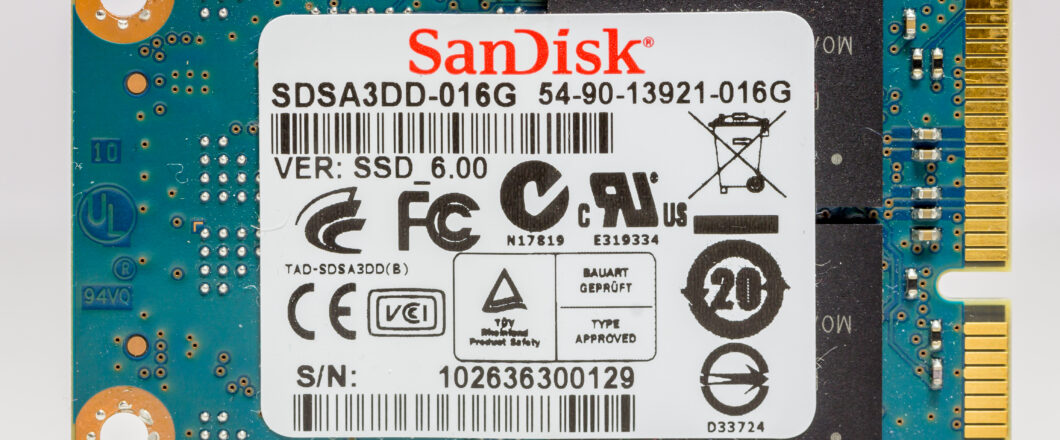
A new phishing campaign, launched in March 2024, has been targeting financial firms all over the world with the JsOutProx banking trojan.
The JsOutProx malware campaign was first detected by Visa, with their Payment Fraud Disruption team sending out security alerts to stakeholders about the threat. So far, the targets of the attack have been based in Africa, South Asia, and the Middle East. The identity of the threat actors behind the attack are currently unknown, but it’s speculated they may be China-based or receiving support from China.
Financial malware always has the potential to cause great damage to organizations and individuals, so it’s important you understand the threat posed by JsOutProx.
The Lowdown on JsOutProx
First detected online in 2019, JsOutProx provides remote access to infected PCs by way of a JavaScript backdoor. This foothold allows threat actors to carry out numerous malicious attacks within the infected system. These include downloading further malware, data harvesting, taking screenshots, executing files, and embedding itself deep within the target. Plugins are utilized to launch these attack methods, an indicator this is a sophisticated piece of malware.
JsOutProx relies on JavaScript to carry out its attacks, and this method has been employed to deceive targets. Whereas many PC users understand the threat of a specific file type – such as a Word document or .exe file – they’re less likely to have knowledge of the threat posed by JavaScript code. Additionally, JavaScript coding is unintelligible to many anti-malware tools, so it has the potential to go undetected by software expected to keep PCs secure.
How is the JsOutProx Attack Launched?
Using phishing email techniques, JsOutProx is distributed through emails purporting to be related to MoneyGram or SWIFT payment notifications. However, far from being from genuine financial institutions, the senders behind these emails only have malicious intentions. Once recipients have fallen for the bait in the phishing emails, the JsOutProx code is activated and allows the threat actors to position themselves within the infected PC. Once installed, JsOutProx adopts a number of functionalities to enhance its position, such as changing DNS settings, editing proxy settings, and bypassing User Account Control detection.
Protect Your PCs from JsOutProx
A significant proportion of internet users have access to online banking services, and this is why JsOutProx has maximized its chances of snaring victims. Thankfully, you don’t have to fall victim to JsOutProx and compromise the security of your PC. All you have to do is make sure you practice the following:
- Scrutinize all emails: an email which relates to a payment notification will always grab attention, but it’s vital you scrutinize emails which seem too good to be true. Threat actors will use persuasive and attractive arguments to convince you a suspicious link has to be clicked. However, if you take the time to analyze links in emails – do this by hovering your mouse cursor over them to reveal the true destination of the link – you can quickly minimize your chances of falling victim to malware.
- Protect your browsers from scripts: many malware attacks such as JsOutProx rely on scripts to launch their attack within browsers. Therefore, it makes sense to protect your browsers from malicious scripts. Luckily, this is a relatively simple task thanks to ready-made browser plugins such as ScriptSafe for Chrome. These browser extensions protect you by blocking unwanted content and providing alerts against blacklisted sites which are malicious.
For more ways to secure and optimize your business technology, contact your local IT professionals.
Read More















